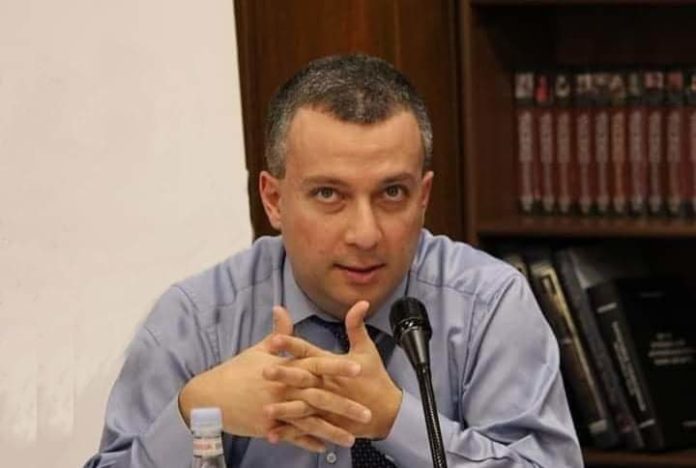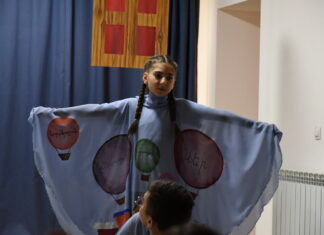On December 12, Azerbaijan imposed a blockade on Artsakh, closing the only highway connecting Stepanakert with Yerevan. The pretexts behind this action – ecological issues and illegal exploitation of mines – are insignificant. Azerbaijan will always find a pretext to close the road and cut the gas supplies. Azerbaijan has clear goals and takes steps to realize them.
These goals can be divided into two categories – tactical and strategic. At the tactical level, Azerbaijan seeks to bring Artsakh into its legal space and solidify its vision that there is no Nagorno Karabakh anymore. There is a Karabakh economic zone within Azerbaijan, and Azerbaijani laws and state institutions should function in that area. The demand to allow Azerbaijani state bodies to conduct inspections in Artsakh’s mines is part of that strategy. Azerbaijani state institutions cannot operate in the territories of other states; thus, if they monitor or do other activities in Artsakh, it fosters Azerbaijan’s claims that this is Azerbaijani territory. The mines are only the beginning. Azerbaijan may then demand to monitor the work of the police, and the activities of courts, municipalities, and other institutions.
However, all this noise is about tactics. On a strategic level, Azerbaijan has one goal – to have as few Armenians in Artsakh as possible. Zero Armenians is the best-case scenario, but Baku understands that it is challenging to implement best-case scenarios in geopolitics. Thus, the second-most preferable scenario for Azerbaijan is to push out as many Armenians from Artsakh as possible and as soon as possible.
After the 2020 Nagorno Karabakh war, Azerbaijan claimed no Nagorno Karabakh exists. However, Baku understands very well that no one terminated the activities of the OSCE Minsk group. No one canceled its latest suggestions on the conflict settlement based on the idea of the legally binding expression of will within the boundaries of the former Nagorno Karabakh Autonomous Region to fix the final status of Nagorno Karabakh. Currently, the Minsk Group is not functioning due to the US – Russia, and EU – Russia confrontation, but Baku knows that the only constant thing in geopolitics is a constant shift. Thus, no one may guarantee that five or ten years from now, the international community will not revitalize the Minsk Group and the “Madrid principles.”
To secure a favorable outcome for Azerbaijan – if ever this happens – Azerbaijan needs to change the demographics of Nagorno Karabakh within its 1988 borders. There are two ways to do that: to push Armenians out and bring Azerbaijanis in. According to Azerbaijani sources, Baku plans to bring up to 45,000 Azerbaijanis to the territories of the former Nagorno Karabakh Autonomous Region currently under its control by the end of 2030. Thus, if Baku is successful in decreasing the number of Armenians in Artsakh below 45,000 within the next eight years, Azerbaijan will have no worries about any referendums which may take place in Nagorno Karabakh.
In this scenario, the continued presence of Russian peacekeepers in Nagorno Karabakh will not threaten Azerbaijan, while Azerbaijan may bargain with Russia on the conditions of the peacekeepers’ continued presence and get some concessions. In theory, the existence of a small number of Armenians in Artsakh may benefit Azerbaijan from a mid-term perspective, as Baku will use them as proof of its claims that Azerbaijan is a tolerant and democratic society where the rights of ethnic minorities are protected.








